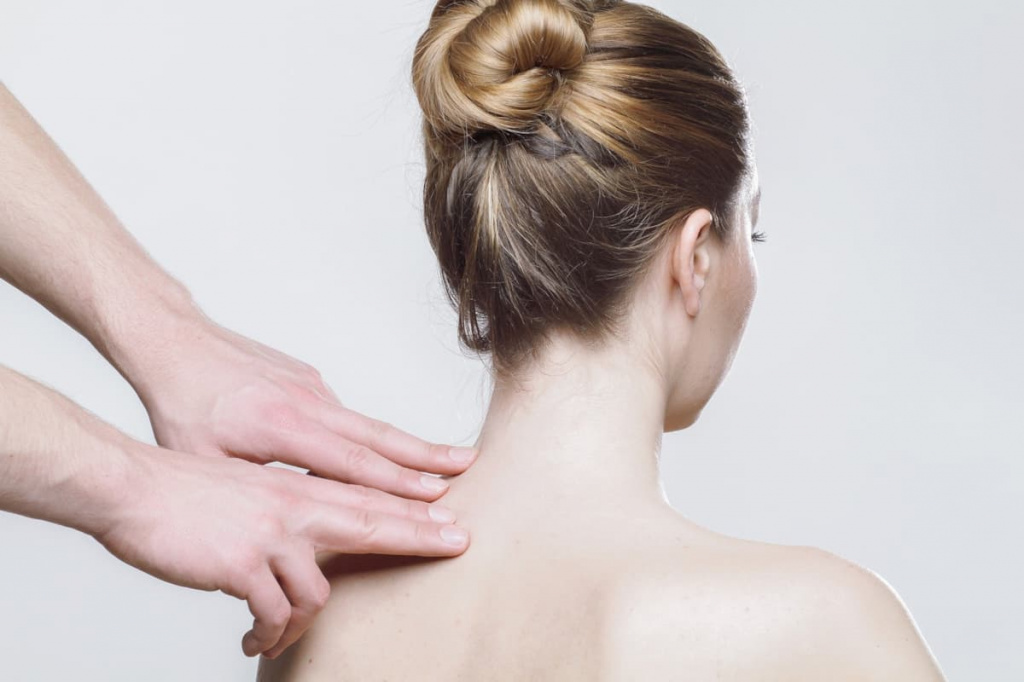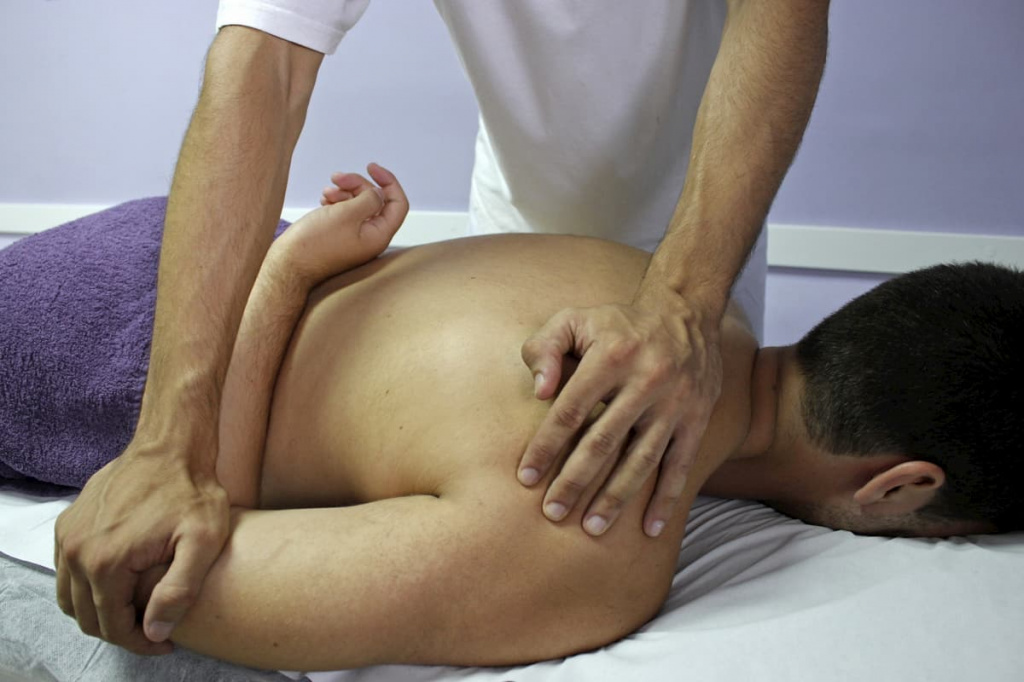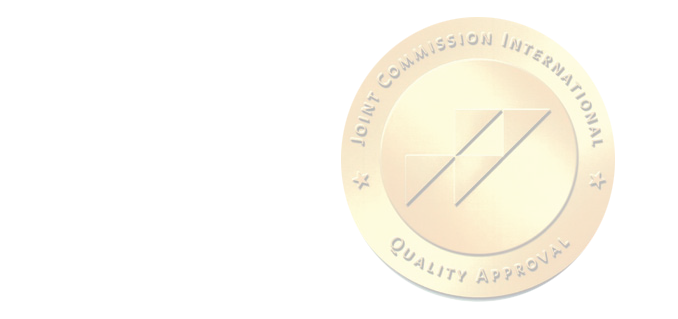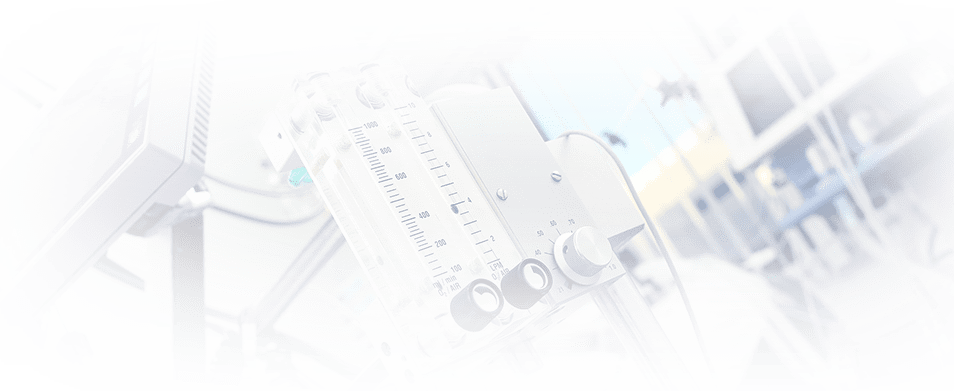Manual Therapy
The human is as much young as flexible his or her vertebral column is. The vertebral column is a unique central support element of our body that defines our general well-being. Our mood depends on its condition and any, even insignificant disorders of the spine, may result in sufficiently serious problems for the whole body. Most people strive for professional and career development, but if there is no health, all efforts prove to be in vain. Diseases of the musculoskeletal system take the second place after cardiovascular diseases by their prevalence. Diseases of our organism inevitably tell upon the vertebral column; at the same time, diseases of the vertebral column lead to disorders and different diseases of the body. For example, pain sensations in the cardiac region not always manifest heat disease—this has been proven by additional research. The pathology of the vertebral column is the true reason for such pain. Manual therapy is an effective method for treatment of degenerative disorders of the musculoskeletal system.
The primary significance of the hands is heard in the method’s name itself; it originates from Latin “manus”—hand, “therapia”—treatment. Manual therapy is an alternative to pharmacotherapy and surgical treatment of musculoskeletal diseases.

In Russia manual therapy was distinguished as an independent medical specialty by order of the Ministry of Health No. 365 dated December 10, 1997. This breakthrough decision saved many our fellow citizens from surgical interventions and possible disability.
Manual therapy is a system of manual therapeutic techniques which allow to get rid quite efficiently of different diseases or other changes of the vertebral column, joints, muscle and ligament systems, internal organs, skull bones and cranial nerves. Manual therapy is especially valuable because it allows to solve many problems which cannot be helped by pharmacotherapy.
The vertebral column is the most complex structure of the musculoskeletal system: it consists of 7 cervical, 12 thoracic and 5 lumbar vertebrae. The vertebral column ends with the sacrum consisting of 5 concrescent vertebrae and the coccyx.
The musculo-ligamentous apparatus, intervertebral discs, joints connect the vertebrae with each other allowing to keep it in the upright position and providing for the required freedom of movement. Shocks and shakes transferred both to the vertebral column and the spinal cord and the brain during walking, running, jumping are significantly damped due to elastic properties of the intervertebral discs. Physiologic flexures of the body give additional elasticity to the spine and allow to damp the load on the vertebral column.
The vertebral column is a protective sheath for the spinal cord, the main information tract of the whole organism. Hematopoiesis takes place inside the vertebral bodies in the spongy bone tissue. The vertebral arteries are the part of the single cerebral blood supply system. But in spite of all possibilities of our natural frame, its normal condition can be easily affected. What is most often the cause for spinal disorders? Incorrect posture, excessive loads, being overweight and leading a sedentary lifestyle, different injuries, etc.
The pathology of the vertebral column results in such diseases as radiculitis, lumboischialgia, cervicalgia, thoracalgia, vegeto-vascular dystonia, headaches and dizziness, high meteosensitivity, tinnitus, difficult swallowing, flicker in the eyes, vision impairment, bronchitis and asthma, gastritis, peptic ulcer, enuresis, infertility (female and male), psychosomatic disorders, coronary heart disease, hepatic and gastrointestinal diseases, etc. The more the vertebral column’s condition is neglected, the more dangerous the above diseases become.
The manual therapist selects a treatment plan individually for each patient; it includes a number of sessions required to eliminate the problem. Therapy methods are also added.

The patient seeking medical attention because of acute pain often takes a sigh of relief and decides that he (she) is already healthy after the first session of manual therapy. But, unfortunately, this is a mistake.
The pathologic process develops for quite a long period until pain sensations occur. The manual therapist relieves pain symptoms in one or two sessions.
But much more time is required in order to restore the normal function of the vertebral column.
A course of manual therapy consists of 3–10 sessions, which are performed during one month followed by an interval of 1–2 months. The patient may need several courses of manual therapy annually depending on the severity of the disease.
The patients of our Clinic may undergo a complete investigation for revealing possible musculoskeletal diseases, which includes X-ray diagnostics, computed and magnetic resonance imaging, and also a consultation of the neurologist.
The problems of the musculoskeletal system established after the testing can be successfully solved by Doctors—manual therapists at the Department of Rehabilitation Medicine. The method of manual therapy is preferable due to its naturalness; indeed, it does not use any drugs but only direct influence exerted by the Doctor’s hands. It should be mentioned specially that complete mutual understanding between the Doctor and patient is required during the treatment. It is possible to achieve the best results only if they work together.
Doctors







